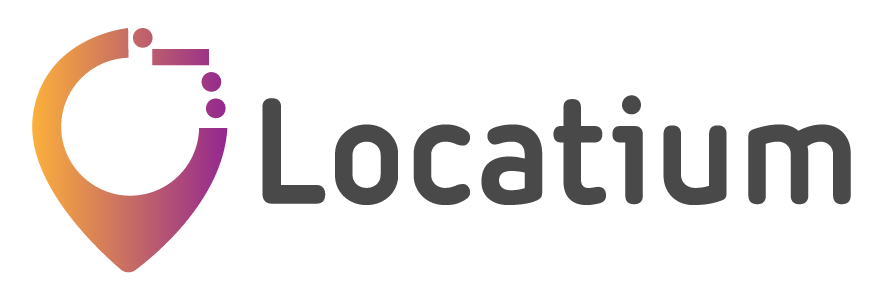Customer and prospect segmentation
Identify and classify your current and potential customers according to the criteria that you consider key to optimizing your sales.
In this way, you will be able to create marketing strategies oriented to each of the defined profiles, and that will have higher success rates.
General Description of this use case
One of the essential premises for shaping a geomarketing strategy is the classification of customers and prospects according to the characteristics that each business considers most relevant. In this way, the foundations are built to send the most appropriate message, at the most opportune time and by the most effective means to each market segment. Thus, a greater impact of the campaigns is achieved and, therefore, a greater return on investment.
Although each company is a world unto itself, with its own particularities that make it unique, there are some variables that are usually common when it comes to correctly segmenting customers and target audiences. These include demographic, socio-economic, consumer, lifestyle, mobility, and many others of a diverse nature.
A clear sample of the value of this data for the definition of geomarketing actions can be found in the retail sector. With this data, retail managers can successfully define different target customer profiles for promotions, define their product portfolio, etc.
As a result, tailor-made messages can be created and disseminated for each profile, with content that perfectly matches their needs and demands and really captures their attention, reaching what is known as their pain points.
Tell us the particularities and needs your project needs to be able to implement a plan specially designed for you.
What solutions do you need?
For geomarketing-oriented customer segmentation to be truly effective and representative of the reality of each area, it is necessary to have several datasets that offer information of interest, updated, real, and as granular as possible.
For companies in the retail sector, it is necessary to analyze data on the most and least sold products, the distribution of the public by days and hours, the average ticket per customer, and the socio-demographic profiles of the nearby population (age, types of families, income and educational level…), their personal tastes, their leisure preferences and all the data that each business considers important to have a real vision of its public.
All this information, in order to really unleash its full potential, must be duly processed by technological solutions that make it possible to identify patterns, and trends and, in short, to draw a customer profile that is as true to reality as possible.
Telco network optimization
It optimizes the rollout of mobile telecommunications networks, improving the user experience so that they enjoy an optimal service in terms of signal quality for each of the telco use cases. In addition, it maximizes the profitability of the core and radio access network infrastructure. All of this optimizes the network topology: by placing the right equipment in each of the locations.
Do you want to see how
many industries this use case applies to?
Customer and prospect segmentation is a critical process for a number of industries. From Locatium would like to help you identify the main industries where we can lend a hand to prevent this from happening.
Retail
Retail
Telco
Telco
fmcg
fmcg
Restaurants
Restaurants
Healthcare
Healthcare
Banking
Banking
Automotive
Automotive
Want to know more about this use case?
If we have caught your interest or if you have any questions, we will be happy to help you without any obligation so that you are really clear about how Locatium can contribute to the success of your project with our datasets and advanced solutions.

